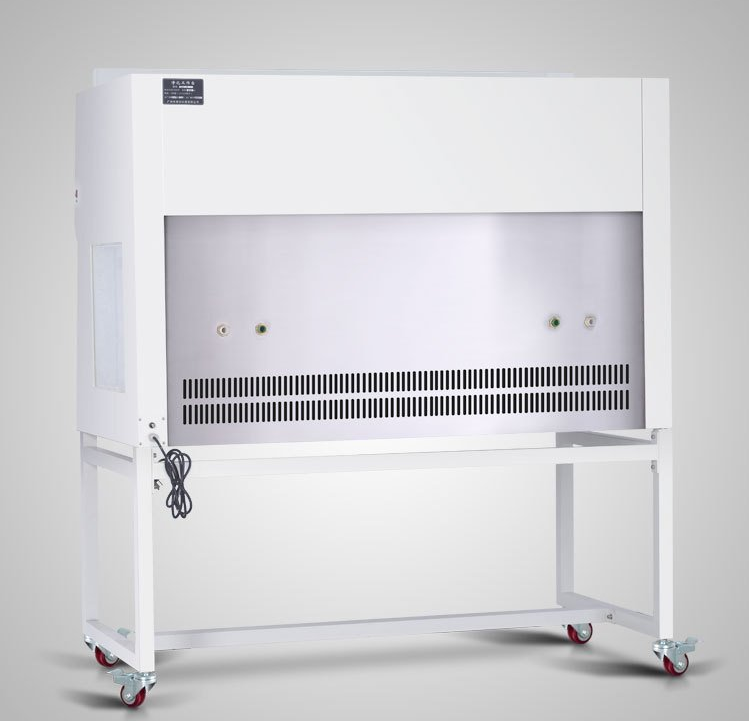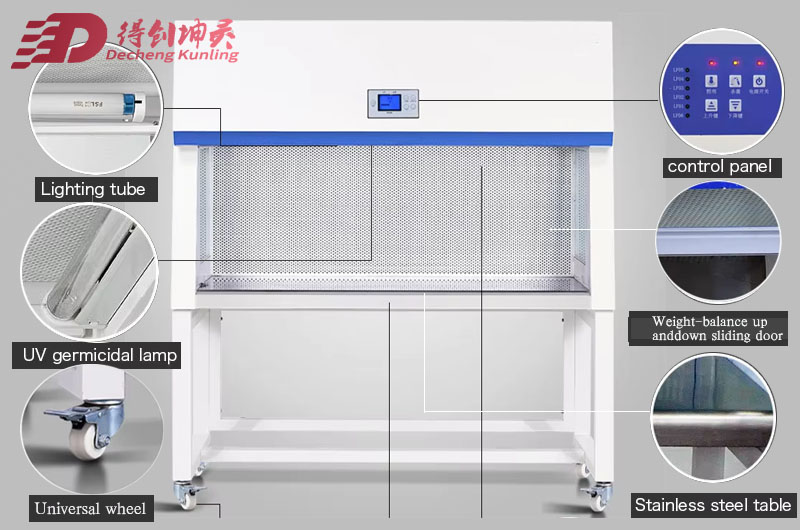Laminar flow cabinets are essential in laboratory settings where maintaining a sterile environment is critical. They provide numerous benefits that enhance both efficiency and safety. This article explores the key advantages of using laminar flow cabinets, making them a preferred choice in research and industrial applications.
Contamination Prevention
Laminar flow cabinets utilize High-Efficiency Particulate Air (hepa) filters to remove airborne particles, including bacteria, viruses, and fungi. By creating a sterile environment, these cabinets prevent sample contamination, leading to more reliable and reproducible outcomes.
- hepa Efficiency: hepa filters capture 99.97% of particles as small as 0.3 micrometers, crucial for maintaining air quality within the cabinet.
- Example Impact: This capability is vital in environments like laboratories, where even minor contamination can compromise experimental integrity.

Key Benefits of Laminar Flow Cabinets
1Cost-Effectiveness
By minimizing errors related to contamination, laminar flow cabinets help save time and resources over the long term.
2Operator Protection
Certain models, especially vertical laminar flow cabinets, provide protection when handling hazardous materials.
3Research Quality
The consistent sterility results in more reliable and repeatable research outcomes.
Custom Laminar Flow Cabinets
Tailored Solutions
Custom laminar flow cabinets can be designed to meet specific laboratory requirements, ensuring optimal performance and efficiency.
Enhanced Functionality
Custom cabinets can include specific dimensions, airflow patterns, and additional features such as UV sterilization or integrated lighting.
Cost-Effectiveness
Investing in custom laminar flow cabinets can lead to long-term savings by improving lab efficiency and reducing contamination-related costs.

Price Range
The price of laminar flow cabinets varies based on features, size, and manufacturer.
Investment Value: Prioritizing quality enhances safety, performance, and reduces maintenance costs over time.
Extending Cabinet Lifespan
Regular Maintenance
Routine maintenance is essential for optimal performance. This includes regular replacement of hepa filters, cleaning surfaces, and checking airflow patterns.
User Training
Training personnel on proper use and care minimizes human error and maximizes efficiency. Adherence to safety standards like NSF/ANSI 49 enhances equipment longevity.
Maintenance Checklist
- Monthly surface cleaning
- Filter replacement every 2-3 years
- Airflow velocity checks
- UV light maintenance
- Gasket inspections
- Annual professional servicing
Common Questions
Conclusion
Laminar flow cabinets are indispensable tools in modern laboratories, offering contamination prevention, cost savings, and versatility. Their ability to maintain a sterile environment enhances both research quality and operational efficiency. With innovative solutions from Deiiang™, spearheaded by Deiiang Jason.peng, laboratories can optimize their environments for the most rigorous applications.
References
- International Organization for Standardization. ISO 14644-1: cleanrooms and Associated Controlled Environments.
- Deiiang™, Advanced Laminar Flow Cabinet Designs.
- The Institute of Environmental Sciences and Technology (IEST), Recommended Practices for cleanroom Equipment.
- U.S. Pharmacopeial Convention. USP Standards for Laboratory Equipment.
- American Society for Microbiology, Guidelines on Laboratory Contamination Control.
About Deiiang™
Innovators in laboratory equipment design, led by product designer Deiiang Jason.peng, focusing on creating high-performance laminar flow cabinets for modern laboratories.
© 2025 Laboratory Equipment Guide. All rights reserved.
 +86 18186671616
+86 18186671616 Jason@cleanroomequips.com
Jason@cleanroomequips.com
 MENU
MENU



